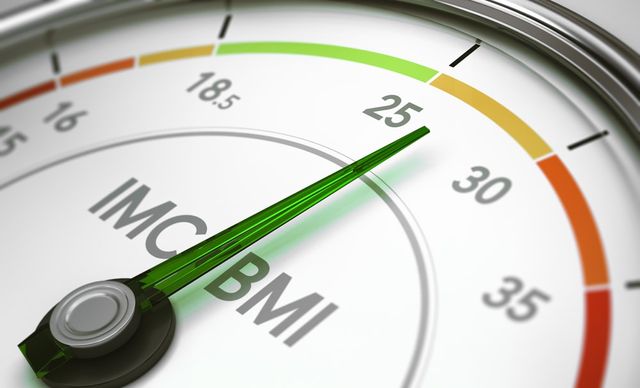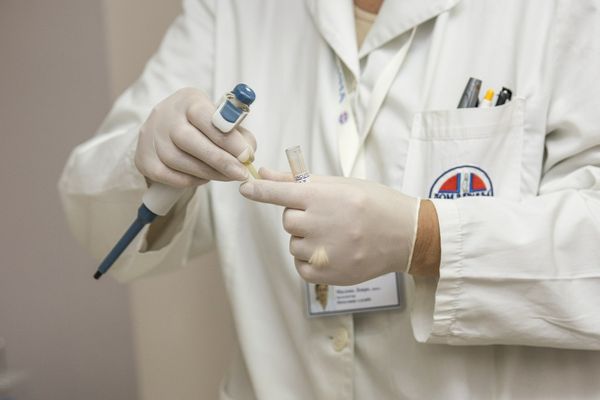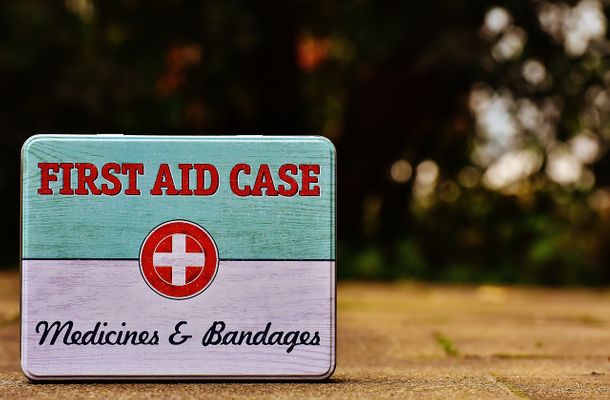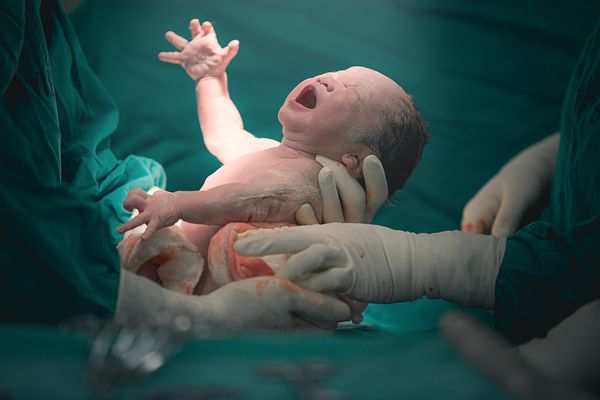5.1.4
Models of Health & Illness
The Biomedical Model
The Biomedical Model
There are two main models of health and illness; the biomedical model and the social model. The biomedical model represents the foundation of Western medicine and views health as caused by biological factors with the body.


Assumptions of the biological model
Assumptions of the biological model
- The biological model of health and illness is favoured by most health professionals and assumes the following:
- Health is the absence of disease or disability.
- Disease is mainly caused by biological factors.


Assumptions of the biological model 2
Assumptions of the biological model 2
- The human body represents a machine that sometimes breaks down and requires the medical knowledge of doctors to diagnose and treat biological or chemical processes that have caused the illness.
- The causes of ill health are either via moral failings of the individual (e.g. smoking or eating too much) or from random instances of disease.


Assumptions of the biological model 3
Assumptions of the biological model 3
- Scientific medicine can identify and solve health problems; the more trained medical professionals there are, the better people’s health will be.
- Diagnosis and treatment depends on the ‘medical gaze’ - searching for the cause of the disease through obtaining information from the body, rather than relying on the person’s account of their own symptoms.
Evaluation of the Biomedical Model
Evaluation of the Biomedical Model
What counts as health can be viewed as socially constructed and varies over time and between cultures; it is therefore not a biological fact.


Exaggeration of effectiveness
Exaggeration of effectiveness
- It exaggerates the effectiveness of medicine, with McKeown pointing out that improvements in social conditions are far more important that the application of scientific medicine in improving health.


Harm caused by medicine
Harm caused by medicine
- It underestimates the harmful effects of modern medicines, such as addiction and the over-prescribing of antibiotics that has led to the emergence of antibiotic-resistant organisms.
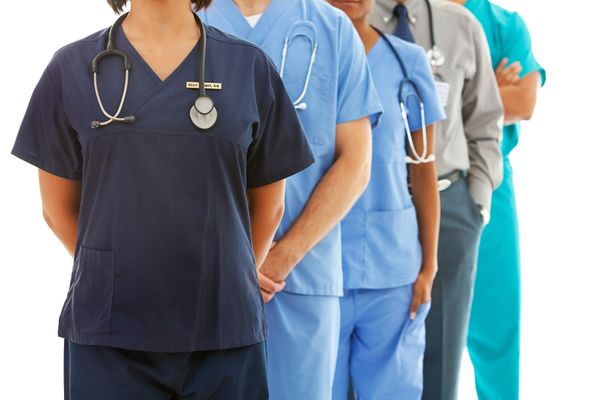

Vested interests
Vested interests
- It serves the interests of doctors and the medical establishment, who have a legal monopoly over treatment, giving them power as agents of social change.


Medicalization
Medicalization
- It leads to the medicalization of society where things that were once not considered medical matters have now become so, such as smoking and alcohol consumption.


Monopoly
Monopoly
- Postmodernists see the medical model as a metanarrative, claiming to provide the only universal truth and solution to ill-health and serving the interests of the medical establishment and the pharmaceutical industry.
- It diverts resources away from health education and preventative medicine and towards new drugs and medical technology.
The Social Model
The Social Model
There are two main models of health and illness; the biomedical model and the social model. The social model is adopted by most sociologists and emphasises health and illness as a social construction.
1Theory & Methods
1.1Sociological Theories
1.2Sociological Methods
2Education with Methods in Context
2.1Role & Function of the Education System
2.2Educational Achievement
2.3Relationships & Processes Within Schools
3Option 1: Culture & Identity
3.1Conceptions of Culture
3.2Identity & Socialisation
3.3Social Identity
3.4Production, Consumption & Globalisation
4Option 1: Families & Households
4.1Families & Households
4.2Changing Patterns
4.3The Symmetrical Family
4.4Children & Childhood
5Option 1: Health
5.1Social Constructions
5.2Social Distribution of Healthcare
5.3Provision & Access to Healthcare
5.4Mental Health
6Option 1: Work, Poverty & Welfare
6.1Poverty & Wealth
7Option 2: Beliefs in Society
7.1Ideology, Science & Religion
7.2Religious Movements
7.3Society & Religion
8Option 2: Global Development
8.1Development, Underdevelopment & Global Inequality
8.2Globalisation & Global Organisations
8.3Aid, Trade, Industrialisation, Urbanisation
9Option 2: The Media
9.1Contemporary Media
9.2Media Representations
10Crime & Deviance
10.1Crime & Society
10.2Social Distribution of Crime
Jump to other topics
1Theory & Methods
1.1Sociological Theories
1.2Sociological Methods
2Education with Methods in Context
2.1Role & Function of the Education System
2.2Educational Achievement
2.3Relationships & Processes Within Schools
3Option 1: Culture & Identity
3.1Conceptions of Culture
3.2Identity & Socialisation
3.3Social Identity
3.4Production, Consumption & Globalisation
4Option 1: Families & Households
4.1Families & Households
4.2Changing Patterns
4.3The Symmetrical Family
4.4Children & Childhood
5Option 1: Health
5.1Social Constructions
5.2Social Distribution of Healthcare
5.3Provision & Access to Healthcare
5.4Mental Health
6Option 1: Work, Poverty & Welfare
6.1Poverty & Wealth
7Option 2: Beliefs in Society
7.1Ideology, Science & Religion
7.2Religious Movements
7.3Society & Religion
8Option 2: Global Development
8.1Development, Underdevelopment & Global Inequality
8.2Globalisation & Global Organisations
8.3Aid, Trade, Industrialisation, Urbanisation
9Option 2: The Media
9.1Contemporary Media
9.2Media Representations
10Crime & Deviance
10.1Crime & Society
10.2Social Distribution of Crime
Unlock your full potential with Seneca Premium
Unlimited access to 10,000+ open-ended exam questions
Mini-mock exams based on your study history
Unlock 800+ premium courses & e-books

